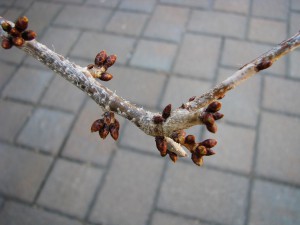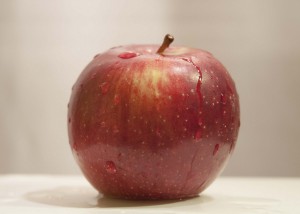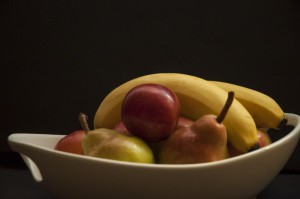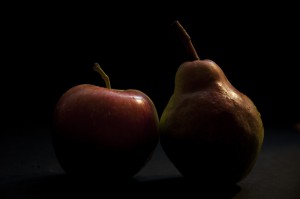So far, as a studio photographer, I’d say that my experience has been somewhat challenging, usually precise, and of course, always fun. Although, I’ve taken a photography class before, I’ve never shot in a studio before, much less my OWN studio. For my first photography class, we were always going on trips. So regardless of the assignments – motion, near & far, or just shooting on our own time – I was always outdoors when taking pictures. However, for this photography class, shooting objects in a studio was a very different experience. Sometimes, it was a bit frustrating, especially in the beginning of the semester, where I was just starting to get the hang of positioning lighting. I’m actually still struggling to perfect lightning whenever I shoot in my studio since it kind of varies according to the subject matter. For our last in studio assignment, which was our midterm, lighting was the main key in having successful happy|sad pictures. The brighter and more defined the lighting was, the ‘happier’ my crayons looked. With less lighting and the positioning of the right light and right set up of crayons, the more ‘sad’ my crayons with look. Shooting in my studio up in my attic is very different from the art we saw in the photography exhibit at MoMA. These artists not only had much larger spaces, but also different mediums to work with, and of course were from a time without DSLR’s.
Although I’ve been to MoMA before, this was my first time visiting this photography exhibit. I found all the pieces to be beautiful in their own way. One piece that I found very interesting was a black and white piece done by Edward Steichen. It was done in 1931 of Charlie Chaplin. From further away, this piece looked like different shots of Chaplin one after the other going across the frame – and they were. However, as you got closer to the artwork you noticed that each shot of Chaplin was on a separate sheet of paper, in which the background was black, and that each of the four separate pieces of paper were placed precisely close enough together so that it wasn’t at all obvious to the viewer unless you got really close. Each piece of paper was cut straight and then midway diagonally down according to the shape of the seat Charlie Chaplin was sitting on. Another piece that I felt very strongly about was done by Peter Hujar in 1981, also done in black and white. They were two self portraits side by side of David Wojnarowicz. In the first one on the left side, he is smoking a cigarette. Adjacent to that, is a shot of Wojnarowicz with his eyes closed and a hand over the right side of his face. Both photos give off a strong feeling of tiredness. Professor Michals shared with me that these were taken before David Wojnarowicz died from AIDS; he and Peter Hujar were lovers. Aside from my love of photographs of people, what I found most beautiful about this piece was the story I learned behind it. Even if you’ve a minimal amount of materials to work with, a lot can be accomplished in the studio, including the mood and feelings your artwork portrays.
Reporter Roberta Smith says that MoMA’s photography collection, “A World of Its Own: Photographic Practices in the Studio”, ‘dazzles but often seems slow and repetitive.’ After reading this statement, I paused and thought about it. In my opinion, I felt that Smith said this because many of the photographer’s styles, methods were very similar to one another. However, I didn’t find the exhibit to be slow; every piece had a little something different to offer. On the third page of this article, Smith writes that, “There’s nothing by James Welling or Louise Lawler, nor any of Ms. Simmons’s small, intensely colored doll photographs from 1979, even though the museum owns work by all of them.” She goes on to discuss the omissions of other pieces as well. I do strongly agree with this point of view; if the museum has possession of work by other artists – they should display it so those artists can gain recognition and appreciation. Smith finishes her article with complimenting the chief and assistant curator on the show. All in all, I too found the exhibit to be satisfying.








